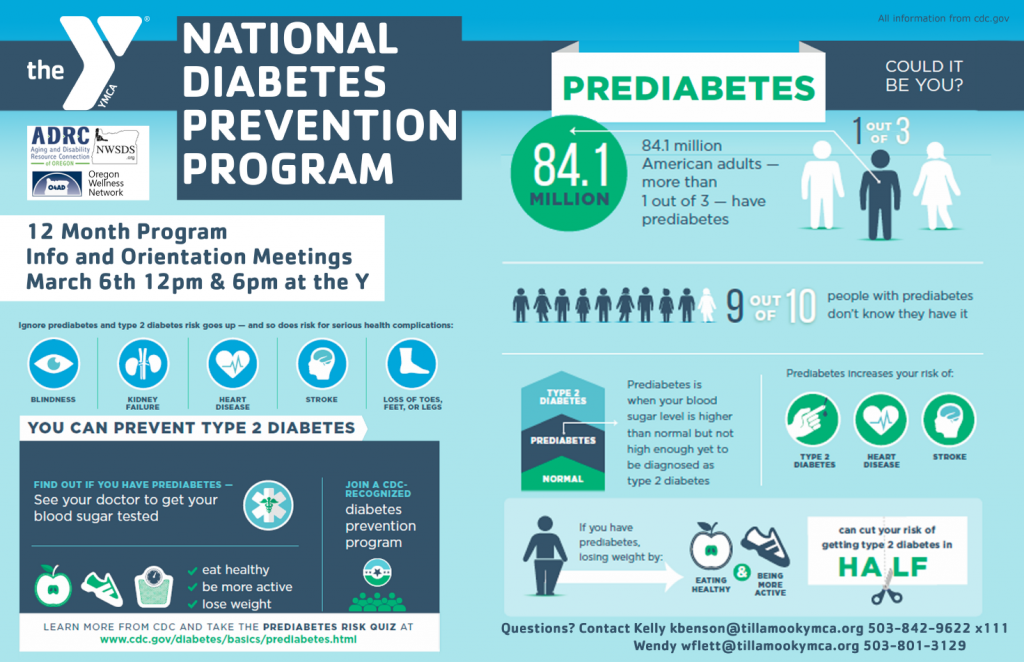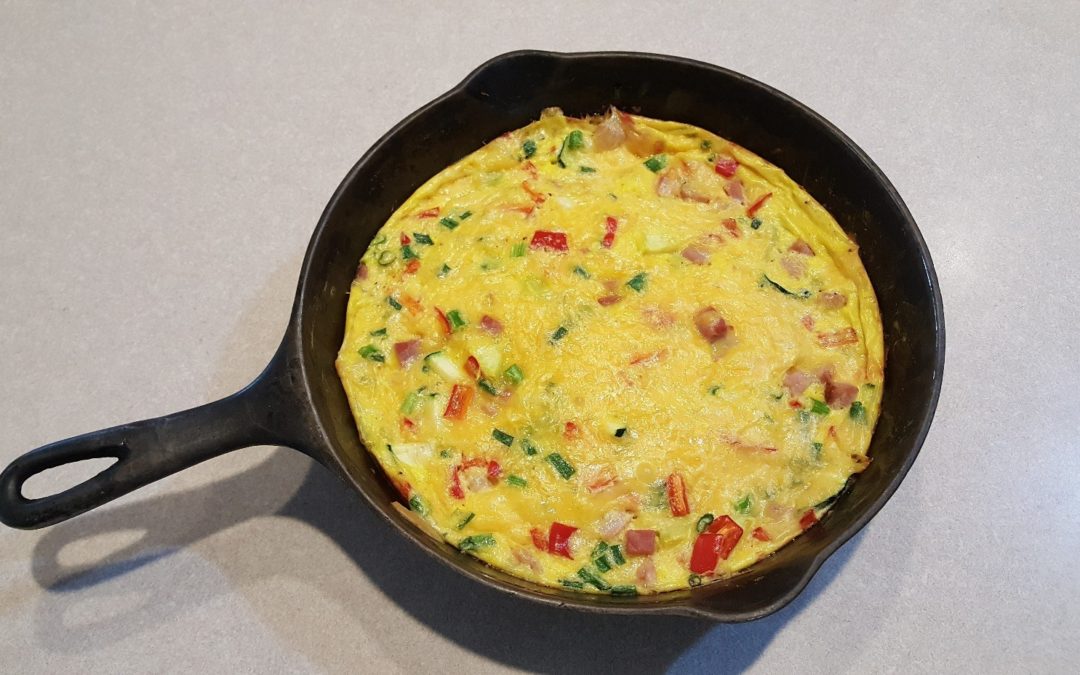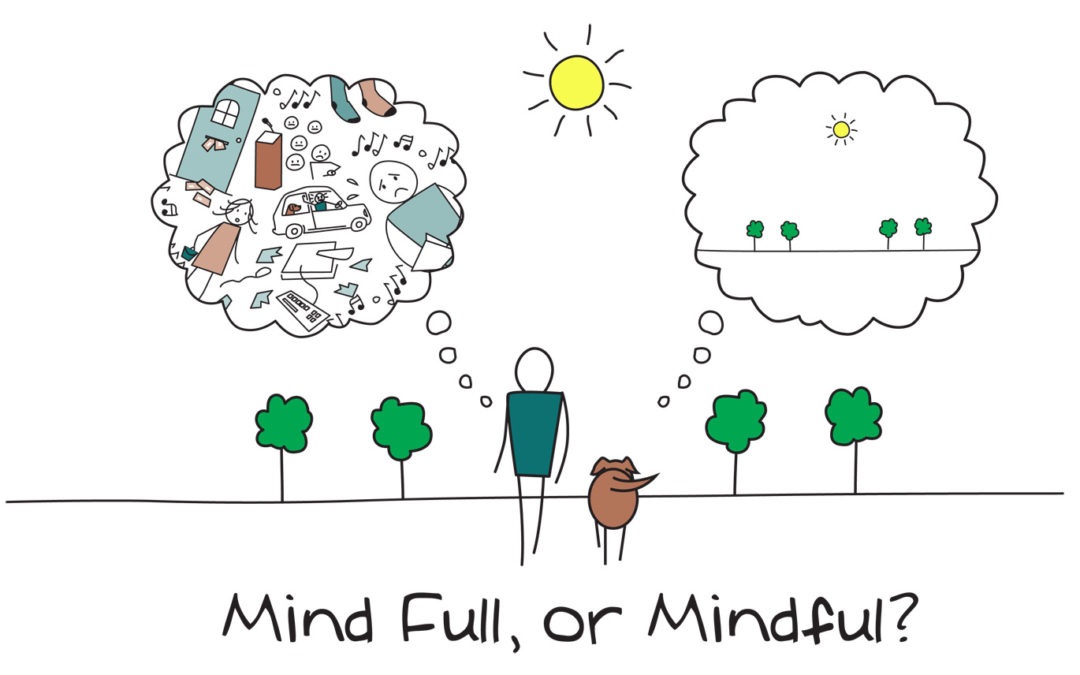
by Michelle | Mar 14, 2018 | Being Well
By Michelle Jenck, M.Ed., Certified Behavior Change Coach
Every day we hear the results of another study telling us “Eat this, don’t eat that,” or, “Move like this, not like that.” While it is good to learn about adopting healthier behaviors, it can be overwhelming to know where to start. Change is hard. Crazy hard. It’s really inconvenient. That’s how we got into this mess in the first place.
It is human nature to take the path of least resistance. It takes time and effort to change the way we live our lives. For most of us, this is where we end up – in a state of knowing we need to do something but not truly believing we are capable of doing it.
Being open to the possibility of changing is key. To be successful, we need to make the changes to our habits small, easy-to-adopt, and even enjoyable. Yes – that’s right. Change can be fun.
It helps to become aware of our habits and begin associating those with how we feel. How do I feel when I eat this and don’t eat that? How much energy do I have for daily activities? If the answers to these questions are not the ones you’d like, then it is probably time to start making some changes.
It is important to explore what is and isn’t working and examine what factors are in play. We tend to look only at the negative – what isn’t working. Looking at our “bright spots” may be a better option. What are we good at? When do we feel energetic? Happy? Fulfilled? How do we use this information to get more of that feeling in our life?
Why we want to make changes is almost as important as what we want to change. The “why” often determines our chances for success. If we are making a change for our spouse or boss, or as a quick fix (think high school reunion), we might not be as emotionally invested as we need to be successful over the long term.
Getting married and having kids are enormous life changes, yet, people make those changes every day. Maybe you want to see your kids or grandkids grow up. Maybe you want to improve your quality of life. Whatever it is, it needs to be meaningful to you.
Work with your strengths and interests when approaching change. If you like to cook, then it makes sense to find healthy recipes you would enjoy making. If you hate cooking, it will be important to simplify nutrition changes so that you can still be successful. Consider choosing the prepared veggie tray and a container of hummus from the grocery store.
This principle is especially important when it comes to physical activity. If you enjoy being outdoors, consider walking or hiking. If you like people, music and dancing, try a group fitness class. If you want something more mindful, try Tai Chi or Yoga. The key is to look for ways to integrate a positive, healthy change with your personality, interests and strengths.
Don’t worry about meeting some “ideal” behavior you saw on Pinterest or Facebook. The important thing is to start somewhere and start with something you like. It might not have to do with nutrition or fitness at all. Maybe you want to learn how to play the piano or knit. If the change is enjoyable and makes you feel better, you will be more likely to try new things later.
Adopting one new health habit successfully, no matter how small, usually leads to another and another. All this eventually opens a door to a much healthier, happier new you. And that’s the kind of change we can all get behind!

by Michelle | Feb 23, 2018 | Being Well, Eat Well
By Michelle Jenck, YOW Coordinator
If it seems like you have been hearing a lot about diabetes and pre-diabetes lately, you are right. At the risk of over-sharing, the Year of Wellness team wants to make sure Tillamook County residents are getting the message – loud and clear. A lot of people have prediabetes and there IS something we can do about it.
Our YOW partners at the Y and Northwest Senior & Disability Services are teaming up to prevent diabetes in Tillamook County. This infographic highlights key risk factors and prevention methods. Losing even a few pounds (and keeping them off) can help most people reverse their risk of developing type 2 diabetes. The best way to do that is to follow healthier eating habits and become more physically active than you are right now.
Because we know change can be difficult, our YOW partners are working to provide community-based supports to make these changes easier. Diabetes Prevention Program (DPP) classes are one way to learn about healthy habits and how you can adapt your lifestyle to optimize health. Plan to attend the DPP orientation, March 6th at either 12:00 noon or 6 p.m. at the YMCA, 610 Stillwell Avenue in Tillamook. You have nothing to lose (but weight) and everything to gain (in health)!
Continue to follow us in the Headlight-Herald each week to learn more about local resources available to you and your family. Visit our website at tillamookcountyhealthmatters.org or download the app, Tillamook County YOW, for additional community-based wellness resources and information.

by Michelle | Dec 3, 2017 | Recipes
By Michelle Jenck, M.Ed. Health & Kinesiology, Wholly Healthy LLC
Prep Time: 15 minutes
Total Cook Time: 30 minutes
The Frittata works as a quick breakfast, lunch or dinner option. Packed with protein, it’s also a great way to fulfill that hard-to-meet recommendation for daily vegetable intake. Inspired by a “mix-and-match” frittata feature in Parade Magazine, this recipe has become a go-to for using up various leftovers. The hardest thing about this recipe is finding a pan that can be used on both the stovetop and in the oven. I use a 10-inch cast iron skillet that I bought from a flea market vendor at the Old Iron Show.
Number of servings: 6-8
Ingredients
8 eggs
½ teaspoon salt
¼ teaspoon pepper
1 tablespoon olive oil
1 cup “mix & match” veggies – onion, spinach, pepper, mushroom, zucchini, and/or broccoli
½ cup cooked ham, chicken, sausage, or bacon (optional)
1 cup shredded cheese (try Tillamook Sharp Cheddar)
½ cup fresh herbs such as basil, chives, cilantro (optional)
1 tablespoon “flavor boost” – Dijon mustard, capers, sriracha or pesto (optional)
Top with salsa or sliced fresh tomatoes
Directions:
Preheat oven to 350 degrees. In a separate bowl, beat eggs. Add salt and pepper and set aside.
Heat oil in skillet on the stovetop over medium heat. Add chopped veggies. Sauté for 1- 2 minutes. Add meat (optional) and sauté with veggies for 2 minutes. Add any additional optional ingredients. Sprinkle with cheese and pour egg mixture over the top, covering the pan evenly. Cook for 2-3 minutes, pulling edges back to allow uncooked egg to run underneath. Transfer skillet to preheated oven and bake for 15 minutes or until just set. Let stand 5 minutes. Can be eaten warm or cold. Tastes great topped with salsa or fresh sliced tomatoes.

by Michelle | Nov 5, 2017 | Move Well
By Michelle Jenck, YOW Coordinator
Adventist Health’s annual “Diabetes & You” seminar is Tuesday, November 7th. Local medical professionals will present information about Diabetes prevention and management, including the impacts on dental and eye health. The event will be held at the Tillamook Adventist Church, 2610 First Street, from 9 a.m. to 3 p.m.
Diabetes is a chronic metabolic disease in which blood sugar levels are above normal. In the case of Type 2 Diabetes, which makes up about 95% of all diabetes cases, this occurs when the body becomes resistant to, or does not properly respond to the hormone, insulin. According to the 2015 Oregon Diabetes Report, “Diabetes can cause nerve and kidney damage, skin infections, blindness and can lead to disability and premature death if not carefully managed. Diabetes also adversely affects the cardiovascular system and can contribute to high blood pressure, high cholesterol and heart disease.”
Oregon’s county rankings data indicates that approximately 9% of Tillamook County residents have Diabetes but many more go undiagnosed or are considered pre-diabetic. There is a bit of good news, however, in that Type 2 Diabetes and many of the above-mentioned conditions can be prevented and managed through key lifestyle interventions including: avoiding tobacco, adopting healthful eating, and increasing physical activity.
Many of us know that being more active is good for us but we don’t always know what the best form of activity is or how much or how often we need to do it. In addition to this, it can be challenging to adopt and maintain new habits. In their Exercise and Type 2 Diabetes Fit Facts, the American Council on Exercise (ACE) states that exercise is key for control and treatment of diabetes because it decreases insulin resistance. In other words, exercise helps us maintain optimal blood sugar levels. Cardiovascular exercise and resistance training both work to decrease insulin resistance.
Cardiovascular exercise can include moderate to vigorous physical activity (MVPA) such as swimming, biking, or jogging. Even brisk walking can count as MVPA. A good rule of thumb is to use the “talk test.” If you can easily carry on a conversation during your activity, it would be considered low intensity (not MVPA). At a moderate to vigorous level of intensity, you can still have a conversation with someone but find yourself taking increasingly more breaths between words as the intensity increases.
The CDC recommends 150 minutes per week of moderate-vigorous physical activity. Doing an activity for 30 minutes, at least five days per week, will help you reach that goal. If 30 minutes of activity at one time is too much, it can be broken down and then built up over time. The idea is to get the heart rate up on a regular basis to increase cardiovascular endurance and resting metabolism. Frequent, intense activity forces the body to create adaptations that lead to improved health.
Research shows that increased muscle or lean body mass also helps to reduce insulin resistance. The mechanisms behind this are complex. The important thing to understand as it relates to muscle is that it is very metabolically active, meaning it burns more calories, than other tissues of the body. Not only does this help with weight management but it also affects our resting metabolic rate and blood sugar levels in that muscle takes up glucose, or sugar, as fuel. Resistance training is recommended at least two days per week and can be performed in as little as 20 minutes. Basic body weight exercises such as push-ups, squats and lunges work for many people. Resistance bands, free weights and even yoga are other effective strategies.
According to Sue Phillips-Meyer, Diabetes specialist at Adventist Health and coordinator of the annual seminar, “When it comes to exercise, I like to compare the body’s mechanism of moving sugar into the cell, to a bicycle chain. Without exercise, that chain becomes rusty and inefficient. With regular exercise, the chain stays supple and works efficiently. The well-exercised chain even works while you are “coasting,” helping improve your blood glucose levels twenty-four hours a day.”
Dedicating time to physical activity each day is key. It is also important to find activities you enjoy – or can at least tolerate – given the return on investment. Health gains made from both cardiovascular and strength training last only as long as the activities continue to be performed and only if at an intensity level that challenges the status quo. In other words, “use-it-or-lose it.” The cost of doing nothing is too great. By taking charge of your own health, you can prevent and even reverse Type 2 Diabetes.

by Michelle | Oct 14, 2017 | Move Well
By Michelle Jenck, M.Ed., YOW Coordinator
We don’t know what we don’t know. What sounds like an obvious statement is really the fundamental concept behind the “Mindfulness” movement we are hearing and seeing so much about. Awareness creates the potential for change. If we are seeking change, we must first become aware.
Too often, we find ourselves in a frenzied, unhappy and unsettled state-of-mind. Many people simply feel there are not enough hours in a day. Cultural norms tell us that multitasking is good, that “busy-ness” is both normal and noble. People are told to learn to say “no” but find it difficult because everything seems to be of equal and vital importance.
This constant state of activity and worry places a heavy toll on both the mind and the body. It can contribute to anxiety, depression, addiction and damaged relationships. An overloaded nervous system, in a constant state of fight-or-flight, produces chronic stress that has far-reaching effects.
Enter Mindful-Based Stress Reduction. Through a regular practice of cultivating awareness of experiences and sensations and learning to view them without judgement, things begin to fall into place. Priorities shift and emerge. Our sensory system remains calm amidst a stressful day. We experience life with a sense of clarity and objectivity.
We can only change something if we know what the root of the problem is. A mindfulness practice strips away every voice – including our own. We become an interested observer of what is happening in the body and the mind. It is like watching a movie with flashbacks and foreshadowing. We are “let in” on the back story that explains the characters’ behavior.
The practice itself can be as simple as spending five minutes each day, sitting quietly, breathing deeply and simply being present with acceptance. We accept who we are, where we are, just as we are in that exact moment. Thoughts may come and go and that’s okay. Often, they provide clues as to the source of our anxiety, past hurts, and frustrations. Rather than stuff them or block them, we allow these thoughts and feelings to appear. We greet them at the door but we don’t invite them to stay.
While a regular, defined practice is ideal, we can incorporate mindfulness into everyday activities. We can catch ourselves reacting to a situation and tune into it through our mindfulness viewer. Research shows that awareness in and of itself is enough to alter patterns of behavior. It takes on a snowball effect. The more we catch ourselves, the more quickly we hit the reset button until the brain recognizes the situation as non-threatening and resets itself. It is important to remember that, when we catch ourselves in an unhealthy habit, we do not attach any negative self-criticism. Acceptance without judgement is key. Setting an intention for healthier behaviors and self-healing are equally important.
As with any new task, the more often we practice the new habit, the more automatic it becomes. And just like building our muscles or mental focus, regular practice creates a new default. Two important benefits of a mindfulness practice are nonreactivity and self-regulation. Without expressly working to develop them, these two traits emerge. We often only realize it when we catch ourselves remaining calm in a situation that would have generated fear or anger before.
Mind-body classes such as Qigong, Tai Chi and Yoga include a component of mindfulness. Locally, class schedules can be found in the TBCC course catalog under the community education, Fitness & Health section. You can also join – or even start your own – mindfulness mediation group.





